10 reasons to get excited about online video streaming
The State of Mobile report by App Annie for 2019 predicts that 10 minutes of every hour spent consuming media in 2019 will be streaming video on mobile. According to the report, the top five video streaming apps worldwide grew 285% in 2018 versus 2016.
In India, YouTube accounts for the highest time spent on mobile, trailed by Hotstar, JioTV, Amazon Prime and VOOT.
Deloitte’s Media Consumer Survey 2019 and Brightcove’s Asia OTT TV market study 2019 both found that consumers are willing to watch ads on video streaming services if it takes a generous chunk out of their subscription costs. The studies found that most of the participants who were willing to view ad supported video streaming models were a young audience typically between 15-29.
Limelight Network’s 2018 report on the state of online video found that India has the second highest per capita consumption of online video in the world. More than 30+ OTT players are coexisting in the Indian media and entertainment ecosystem.
Here are some reasons for advertisers to get even more excited about online video.
Content led advertising
In the era of traditional media, most brands ran at the most 3-4 campaigns every year hoping that the consumer would be in the right mood for buying when they saw the ad. With digital media we now see the lines blurring between advertising and entertainment as brands explore short and long video formats to woo potential customers while delivering an entertaining experience. What you see less and less of is a direct sell approach.
“As advertisers we always knew that video is the way forward, more than 90% of the content consumed is going to be video this year. This is the primary reason why advertisers have started focusing on creating video not only for their main campaign twice a year max; but also, for smaller campaigns and every day hygiene post on social media” says Shradha Agarwal, COO, Grapes Digital
Platform agnostic
There was a time when marketers painstakingly strategized which platform would show their advertisements to the widest possible audience at the right time. A potent media mix of print, television, radio and out of home would be devised to have maximum impact.
However, “the abundance of content & platforms content is available on (traditional & new age platforms) has ensured that consumers are on track to becoming ‘platform agonistic’. In this new world, it is obvious for advertisers to harness this catchment of available audiences beyond their traditional media plans”, says Vishal Rupani, Co-Founder & CEO, mCanvas.
Drive purchase intent
Most consumers in India still don’t purchase online. In fact, online sales account for 2.2% of overall retail sales. But most Internet users in the country do watch content. So, players like Flipkart and Zomato are experiment with in-app content to expand their app base.
Rupani says that “video consumption can entice consumers to discover products featured in videos and consequently create purchase intent.” He further adds that a user that discovers a product on through your platform is far more likely to buy it there as well.
App stickiness
This year, an industry benchmark report by Clevertap found that due to low entry and exit barriers and a plethora of options to lose from, retention of customers is a tough task for e-commerce players. The high acquisition cost and price sensitive buyers resulting in a situation where e-tail players are losing customers faster than they are acquiring them!
Vserv’s Khurana says “Consumers are beginning to place trust on short video narratives that not just help fall in love with brands/products, but help them buy the product instantly.
mCanvas’ Rupani adds, “For categories like food, which a lot of consumers often describe as their ‘weakness’, the impact of an enticing vertical video will be far stronger in the case of Zomato for creating App stickiness”
Growing Demand
Gone are the days when people would watch their favourite content multiple times for lack of better options. Consumers today having an incredible amount of options. That has led to a shift in mindset.
Agarwal explains, “Gen Z believes in access over possessions, like how it’s about getting access to songs through music apps than owing CDs. Similarly. instead of owning DVDs users want to have access to content and the demand has grown by 185% which clearly states that the users are going to live through the golden age of ‘Content Ocean’.”
So, content creators will be forced to keep creating content to match the incredible demand. Few players can match that kind of demand without the support of advertisers. Audiences will switch instantly if they fail to keep them engaged.
Seamless integration
While television announces ad breaks and allots specific slow to show advertisements, consumers have found ways to avoid watching these ads by switching channels or engaging in other activities. Video advertising offers solutions like native advertising, where you can serve seamlessly in a news feed, and the consumer will have viewed most of the ad before he/she thought to click on the cross button.
“Apart from creating video content for your own brand which can be pushed via media on video streaming content, another way is by being a part of video content series by creating in film placement”, says Grapes Digital’s Agarwal.
Personalisation
“Today users are not just buying a product but also consuming the hoopla around the product” says Shradha Agarwal of Grapes Digital. Advertisers can gauge the affinity of a consumer to a particular product by analysing what he/she watches.
“Since this platform agnostic consumption is far more personalized than traditional content consumption ever was, advertisers are presented with a unique opportunity of creating impactful and relevant communication – personalized to each audience member” explains mCanvas’ Rupani.
Livestream content
Sports and e-sports livestreams are the top genres for livestream content. Most brands have the opportunity to runs ads on OTT apps during these sporting events to achieve high reach and frequency.
“Research suggests that audiences have an emotional connection with sports. When consumers are engaged and are feeling those emotions, they are more receptive to new ideas and communication” says Rupani.
User generated content
YouTube now a leader in time spent for in-app video content and TikTok, the fastest growing user generated platform highlight that the end user is becoming more and more involved in the creation of content. Advertisers can leverage networks of influencers on these platforms to create brand love and raise awareness of a new product.
TikTok challenges can inspire millions of hits within hours which keeps users hooked to the platform and raises awareness of the product being promoted. However, we have yet to see wide scale deployment of user generated video content.
Interactive Content or Shoppable video
Shortening the consumer journey to the product is the fastest way to boost sales. Shoppable video is a type of content that brands display on the landing page of their website or via social media channels that can attract customers and direct them to their product pages. Shoppable video allows you to turn an interaction on a website into an integrated retails experience.
Vserv’s Khurana observes “Not only could video apps become e-commerce apps but all e-commerce apps may also have to become video apps.”
New video formats
In television advertising, it is a no brainer for your ad to take up the entire screen that benefits both in terms of visibility and impact. However, mobile video advertising has gone a step beyond to ensure that you attention is transfixed on the brand communication.
Hyperlocal mobile advertising startup, Batooni displays a 10 second ad every time you dial a number and pays you money if you choose not to skip the ad. OTT platform, MX Player plays 10 second video ads not at fixed intervals but when user engagement with the web series is at its peak. U.S based data analytics company, TVision Insights is redefining audience measurement by measuring attention by tracking the eyeballs of the user. This is just the tip of the iceberg as advertising formats specific to OTT TV have yet to be explored.


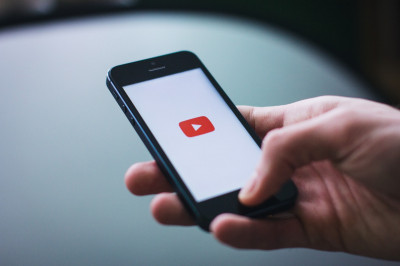
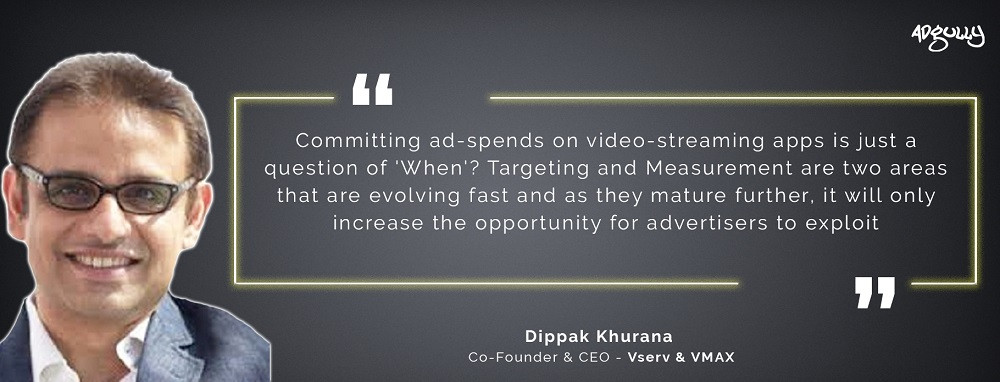
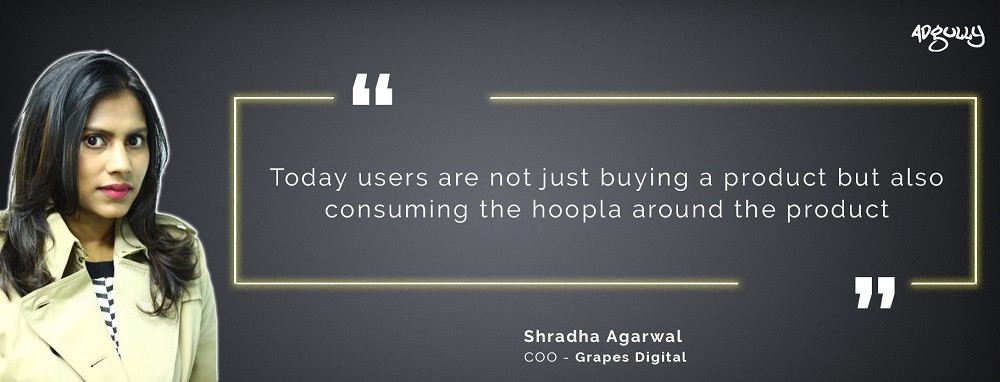
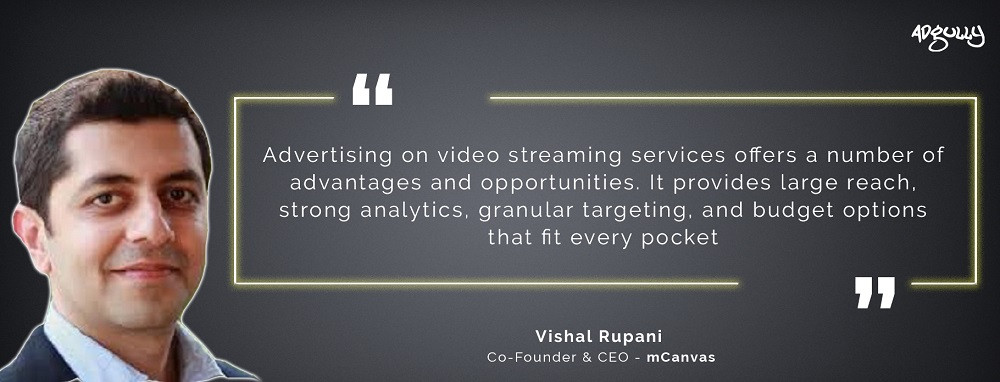
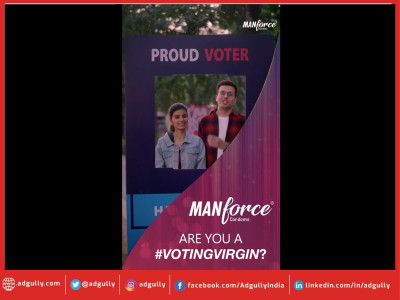
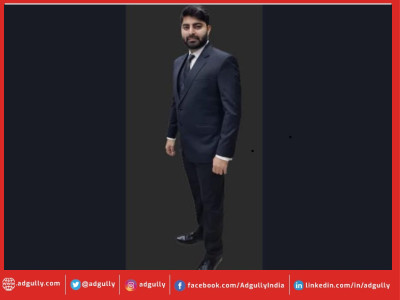

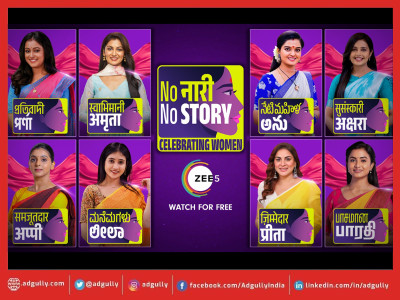
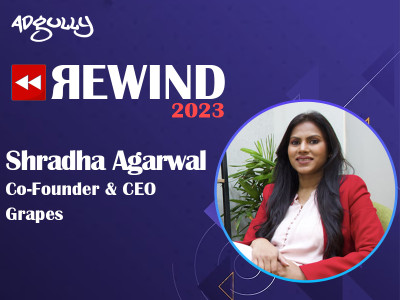
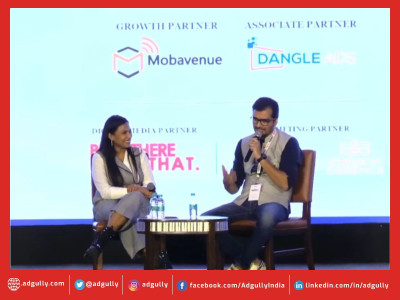
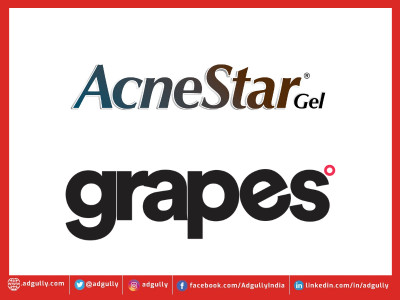
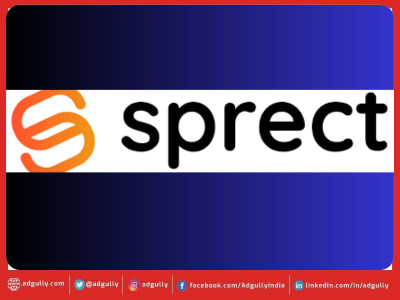
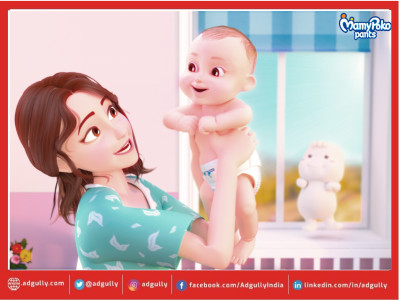
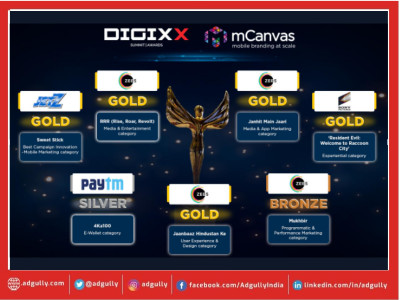
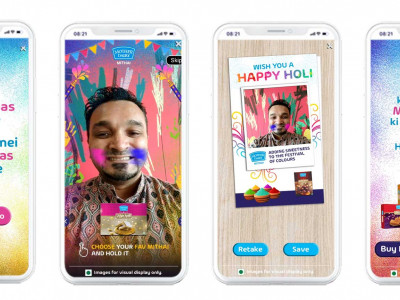


Share
Facebook
YouTube
Tweet
Twitter
LinkedIn